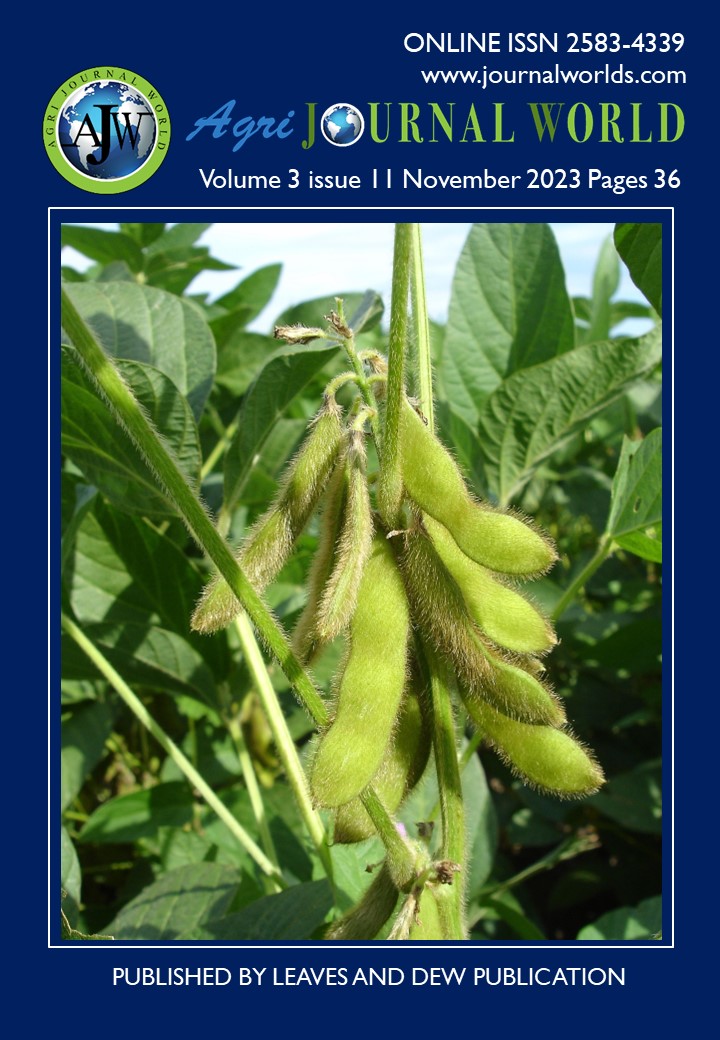Online Popular Article Publisher In India
Online Popular Article Publisher in India mentions about Indian agricultural ways
One of the oldest and most significant human efforts is agriculture mentioned in Online Popular Article Publisher in India. It includes, among other things, pisciculture, sericulture, horticulture, floriculture, silviculture, and crop-growing. Sufficient rainfall, healthy soil, and water sources are necessary for agriculture to flourish. The other important components are level terrain, climate, water vapor, air humidity, fertilizers, chemicals, seeds, and modern technologies, among others. One of the main employers has been the agricultural sector. It also makes up the largest portion of the national economy in developing countries. The majority of jobs in India are provided by agriculture and industries that are tied to it. The majority of rural households according to Open Agriculture Magazine Publisher, estimated at 70%, still make their living from agriculture. As per recent studies, 82% of farmers are small-scale farmers.

What is the impact of agriculture in Indian economic development?
It was anticipated that 275 million tonnes (MT) of food grains would be produced overall in 2017–18. India is the world's largest producer (25% of global output), consumer (27% of global consumption), and importer of pulses (14% of global output). With an annual milk production of 165 MT (2017–18), India is the world's largest milk producer as mentioned by Online Popular Article Publisher in India. India ranks second globally in the production of fruits and vegetables, along with rice, wheat, cotton, sugarcane, and groundnuts. Approximately 17.5% of India's GDP is derived from the agricultural and associated industries of the nation. It ensures food security for the 1.3 billion citizens of the nation. Many agro-based sectors depend on the agricultural sector. These industries include, among others, sugar, tea, leather, and textiles. Agribusiness contributes significantly to the national GDP of India. The Open Agriculture Magazine Publisher follows that the assertion that agriculture is the main driver of India's economy is made.
What are the major crops produced in India?
Summer harvesting, according to Open Agriculture Magazine Publisher occurs for rabi crops (April to June). Winter is when the crops are sown (from October to December). Barley, wheat, peas, mustard, gram, etc. are examples of rabi crops. States in the north and northwest are particularly important to the production of wheat and other rabi crops. Haryana, Punjab, Himachal Pradesh, Jammu & Kashmir, Uttarakhand, and Uttar Pradesh are these states. States like West Bengal, Assam, coastal parts of Odisha, Telangana, Andhra Pradesh, Kerala, Tamil Nadu, and Maharashtra are the primary locations for harvesting Kharif crops. The crops are harvested in September or October after being sowed in the midst of the wet season. Paddy, jowar, maize, bajra, moong, tur (arhar), soybean, cotton, urad, jute, groundnut, and so forth are among the crops. The Zaid season is a brief midsummer period. It takes place in between the months of Rabi and Kharif. Among the crops mentioned by Online Popular Article Publisher in India cultivated during "zaid" are watermelon, cucumbers, and muskmelon.
Major farming patterns that are practiced in india
India has four main agricultural practices: irrigated farming, dry farming, wet farming, and subsistence farming. In areas where the annual precipitation is normally less than 80 centimeters, dry farming techniques are widely used. Maharashtra, Southern Haryana, Rajasthan, portions of Madhya Pradesh, and portions of Gujarat are among the states. Regions with alluvial soil are used for wet farming. This area receives more than 200 cm of rain on average each year. West Bengal, Nagaland, Assam, Tripura, Meghalaya, Mizoram, Manipur, and the Malabar Coast are among the states. Areas with an average rainfall of 80–200 cm are used for irrigated farming, albeit this may not be sufficient for certain crops. Online Popular Article Publisher in India consider this kind of agriculture can, however, be supported by having access to subsurface or surface water resources (lakes, rivers, canals, and tanks). Feeding as many people as possible in a particular area is the main objective of subsistence farming.
